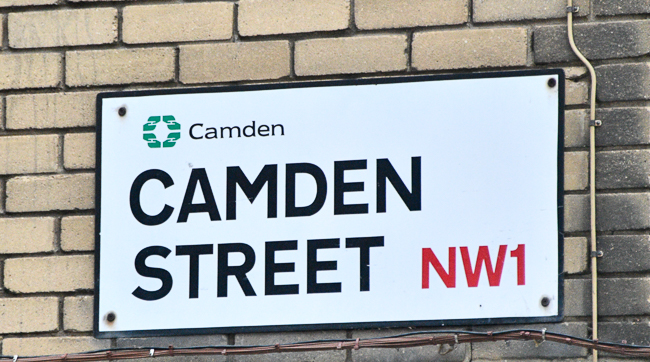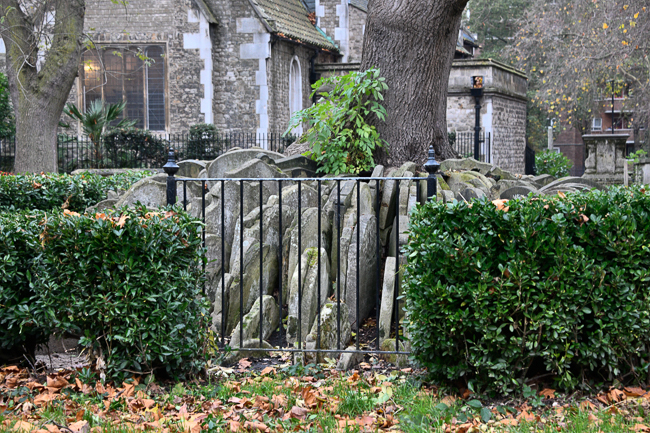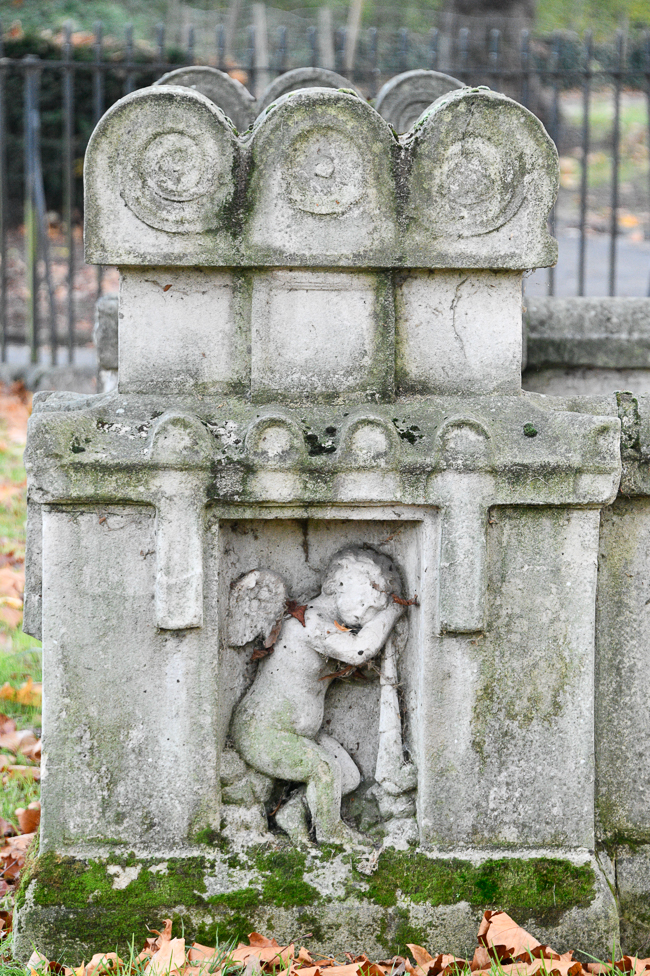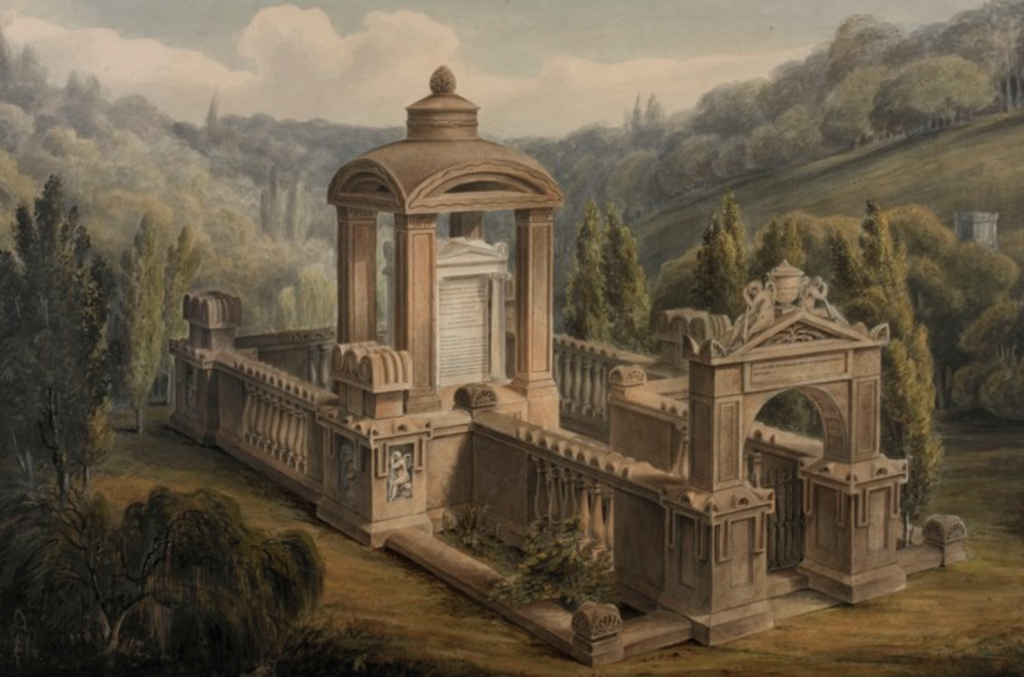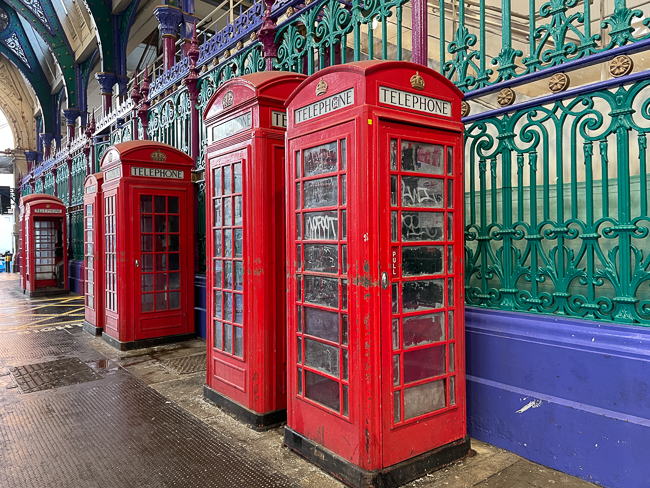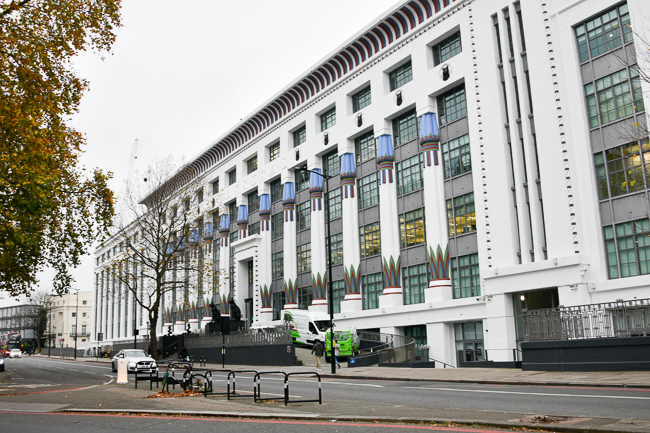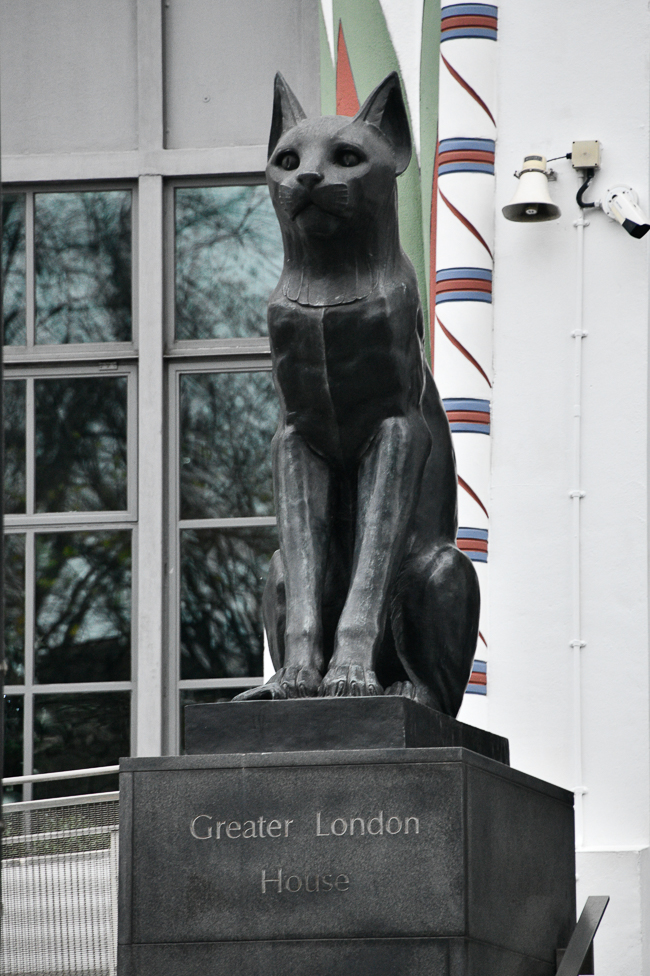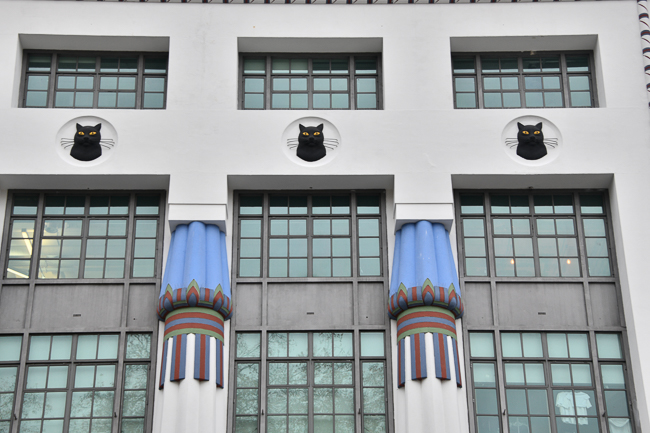December 2022
I have taken a flat in London for the month. London, like most major cities in the world, has been visited, photographed, and Instagrammed to death. I will not be writing about the major attractions while here, but the odd and obscure.
I am staying in the Camden Borough of London, it is gritty, edgy, and just perfect.
Saint Pancras Old Churchyard
My first exploration was, of course, to a graveyard. The Saint Pancras Old Churchyard holds two things of interest, the Tomb of Sir John Sloan and the Hardy Tree.
In the mid-1860s, the railway companies cut a swath through the area that included the graveyard of Old St Pancras church. In doing their job, the railroads left a trail of corpses and disturbed coffins all around, forcing the Bishop of London to commission a firm of architects to make things right.
At the time, Victorian poet and novelist Thomas Hardy was a 25-year-old junior architect apprenticing to the firm hired to fix the graveyard. The low man on the totem pole apparently received the honors of this particular commission.
Hardy arranged the stones around the base of this tree. I imagine it wasn’t quite so higgledy-piggledy originally and that the tree roots have made the jumble we see today.
The Soane Family Tomb
One of the most renowned architects of his day, Sir John Soane, never got over his wife’s death in 1815, although he lived until 1837. Eliza was buried on December 1st, 1815, and Soane recorded in his diary: “Melancholy day indeed! The burial of all that is dear to me in this world and all I wished to live for.”
Sloan was the designer of a slew of monumental public buildings, including the Bank of England, churches, and country houses.
The memorial is made up of a central marble cube of four faces for dedicatory inscriptions, enclosed by a marble canopy supported on four Ionic columns. Enclosing this central structure is a stone balustrade with a flight of steps down into the vault itself. The exterior has Sloane’s favorite emblems of Creativity and Eternity scattered around, the pineapple and the ouroboros.
There is an interesting twist to the story. Architect Sir Giles Gilbert Scott, the designer of the Waterloo Bridge and Battersea Power Station, served as a trustee of Sir John Soane’s Museum for 35 years. Scott designed the classic red British Telephone Box, the K2, after winning a competition run by the Royal Fine Art Commission. The K2, introduced in 1926, utilizes Sloane’s four-pillar structure.
*
Carreras Cigarette Factory
Another delightful building in my neighborhood is what once was the Carreras Cigarette Factory. They had a line called Black Cat Cigarettes. According to Cigarettespedia, Black Cat cigarettes were first introduced in 1904 and named for a black cat that used to sleep in the window of Carreras’ Wardour Street shop. It was there so frequently that passersby used to refer to the business as ‘the black cat shop’.
The factory was built in 1928 and designed by Marcus Evelyn Collins and Owen Hyman Collins. At the time, the building was the largest reinforced concrete factory in the country. It was also the first to install air conditioning and have a system for dust extraction. Its Egyptian theme was part of the Egyptomania craze that circled the world after the discovery of Tutankhamun’s tomb in 1922.
There are two of these stunning cats at the entrance to the building; they are not the originals. One was moved to the company’s new factory in Basildon, and the other to Jamaica in the 1950s. The majority of the Egyptian Art Deco details were destroyed in the 1960s when the building was remodeled for office space.
Something else in my neighborhood that you do not see on a sidewalk every day.
 The Metropolitan Drinking Fountain and Cattle Trough Association was an association set up in London by Samuel Gurney in 1859 to provide free drinking water.
The Metropolitan Drinking Fountain and Cattle Trough Association was an association set up in London by Samuel Gurney in 1859 to provide free drinking water.
The Society was inaugurated in 1859 with the requirement “That no fountain be erected or promoted by the Association which shall not be so constructed as to ensure by filters, or other suitable means, the perfect purity and coldness of the water.”
In collaboration with the Royal Society for the Prevention of Cruelty to Animals, troughs were built for horses, cattle, and dogs. The above one is a cattle trough, and like many others that remain in London, it is planted with flowers.
I look forward to exploring more fun and unique in my neighborhood and around London.
